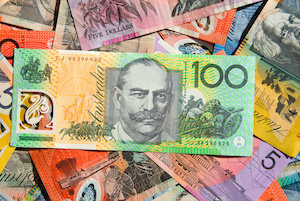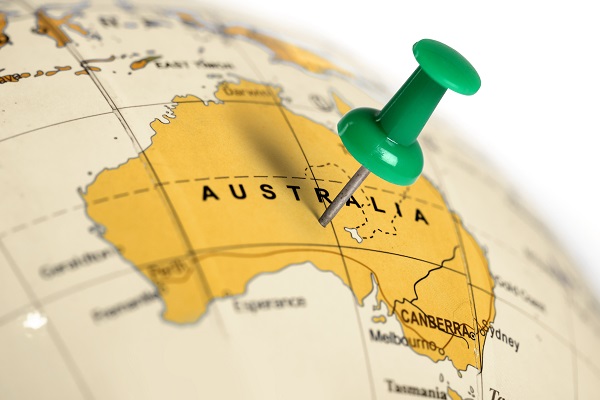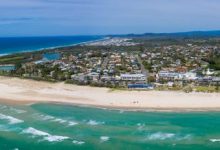
Australian tourism ends year on a high as dollar fall changes travel patterns
The latest National Visitor Survey shows that the fall in the Australian dollar has led to a significant increase in domestic tourism.
According to Tourism Research Australia, the year ending September 2015 saw significant growth in domestic travel with overnight trips up 7% to 85.3 million, total nights increasing 5% to 318 million and spend growing 6% to $56.9 billion.
The strong domestic results complement sustained inbound growth, and the impact of the dollar has become more pronounced with the number of Australians holidaying overseas falling 1% during the year ending September 2015, after growing by 132% between 2006 and 2014. This is the first decline in the number of Australian resident holidays overseas since 2003.
On the back of strong growth for domestic overnight holiday and business travel, the number of nights in hotels, motels and resorts increased 10% to 80.2 million.
Australia’s peak accommodation body, Tourism Accommodation Australia, welcomed the results, saying that the federal government’s support of the industry was producing positive outcomes for the industry and would encourage developers investing in Australia’s hotel industry.
The only concern was that while regional performance had improved, some regional areas lagged behind their city counterparts, with Victorian regional visitor nights down 2.3% compared to metro growth in visitor nights of 9.5%. In NSW, regional visitor nights grew 2.4%, but this contrasted with metro visitor night growth of 6.9%.
CEO of TAA, Carol Giuseppi, said that both the National and International Visitor Surveys showed that Australian tourism was in a healthy position, with international visitors growing at over 5% annually, and more Australians choosing to stay and holiday at home rather than travel overseas for a holiday.
“The sustained fall in the Australian dollar has clearly had an impact on travel patterns,” said Ms Giuseppi. “There is usually a lag in figures because people don’t suddenly switch from overseas to domestic holidays, but the NVS statistics are now reflecting a trend that began two years ago.
“Allied to that, Australia is in the middle of its largest ever hotel expansion phase, which will see some 70 hotels added by 2020, providing high quality accommodation in areas that have often had little new supply since 2000. The new hotels are offering world‐class design and standards for both domestic and international travellers.
“It is very pleasing to see federal and state governments invest heavily in tourism infrastructure development and tourism promotion. This is very positive, and we would like to see a particular concentration on growing business events and holiday travel in regional areas, as many of these areas have struggled over the past few years, particularly through falls in business‐related travel and lack of dispersal of international visitors.
“The latest International Visitor Survey showed that 91% of international arrivals visited a capital city or the Gold Coast, while only 36% visited a regional area, down from 39% in September 2006.
“The fall in the dollar has created short‐term benefits, but regional areas need long‐term solutions through higher investment in tourism infrastructure, greater promotion of regional tourism, reduction in red tape, and liberalisation of visa requirements so that regional operators have greater access to skilled staff at times of skilled labour shortage.”

AccomNews is not affiliated with any government agency, body or political party. We are an independently owned, family-operated magazine.






